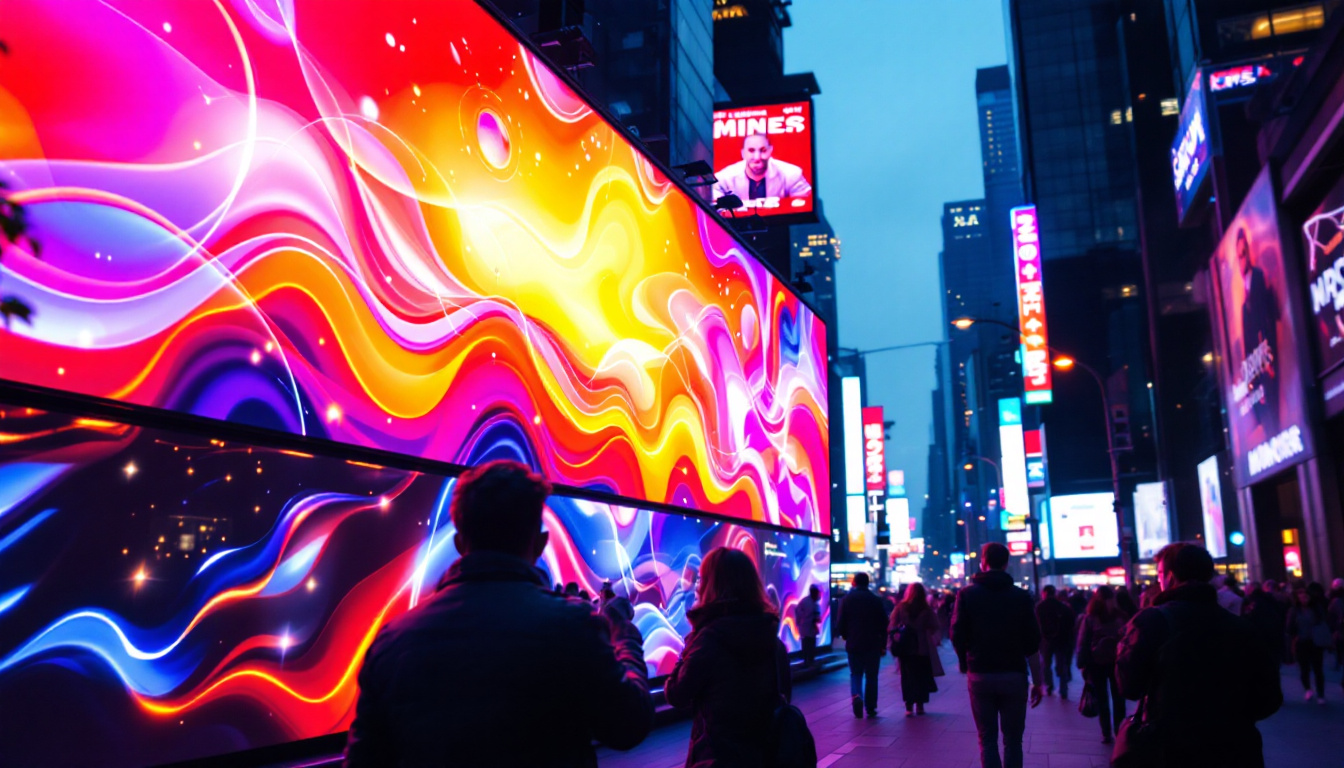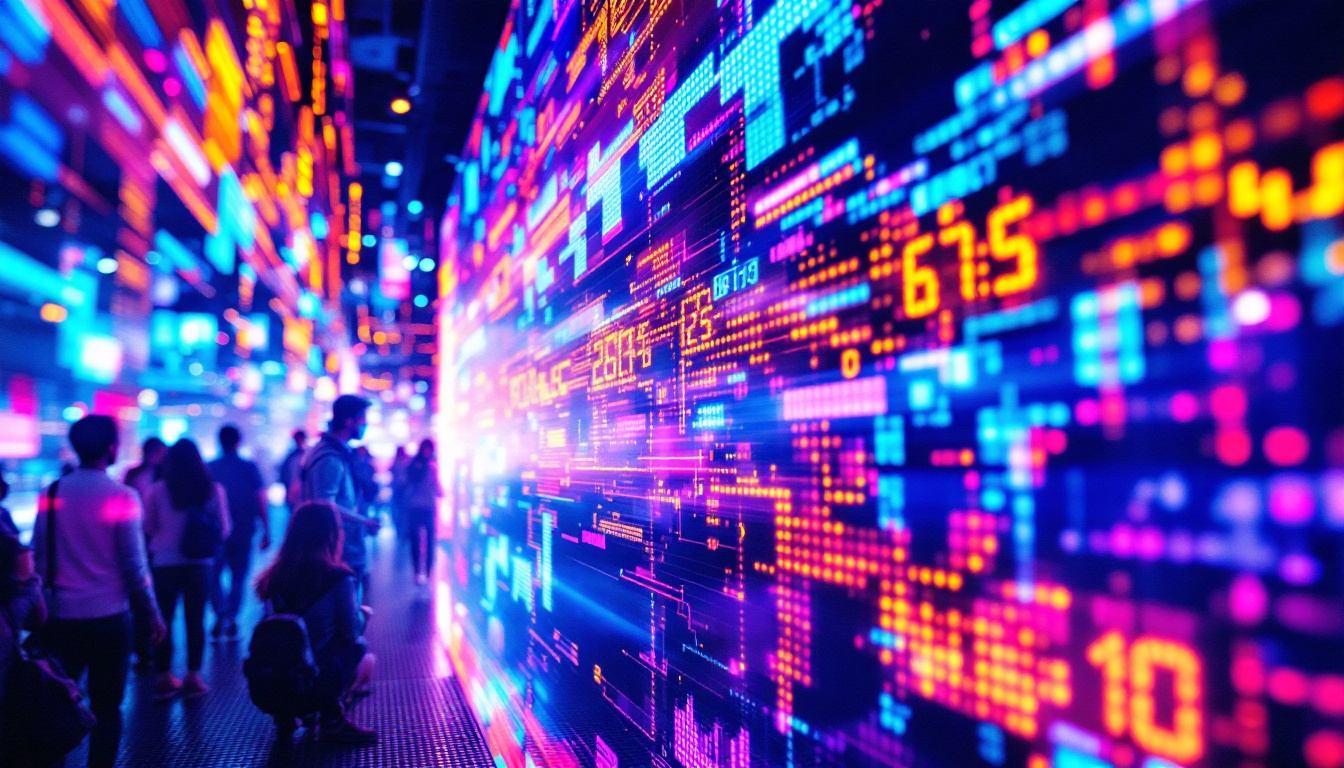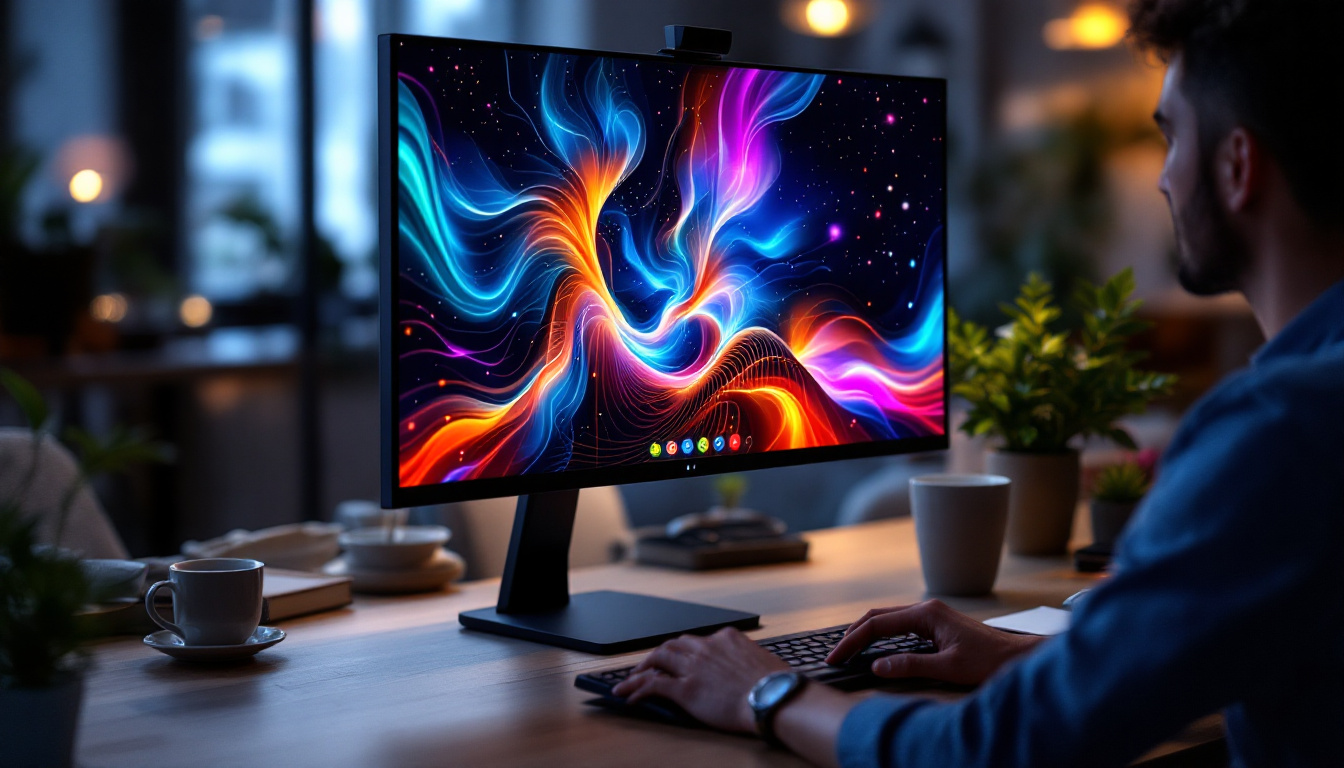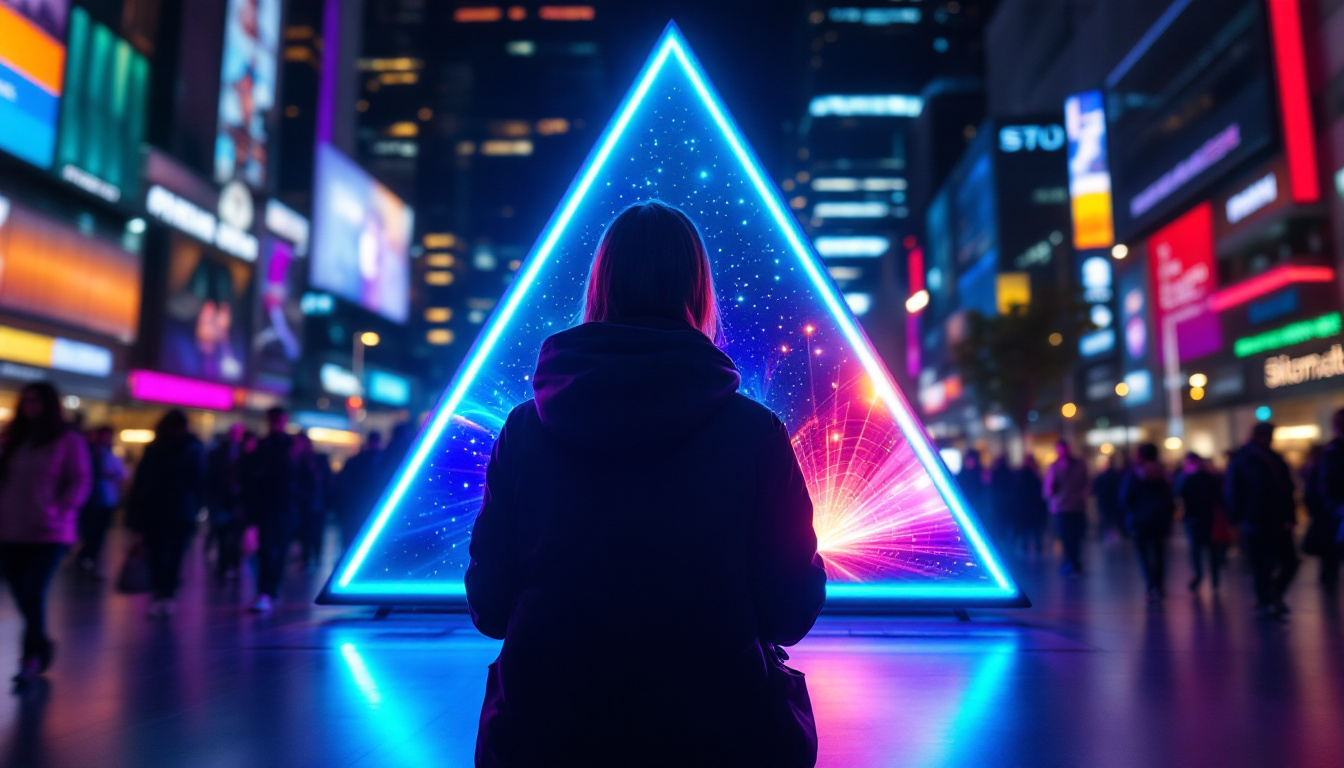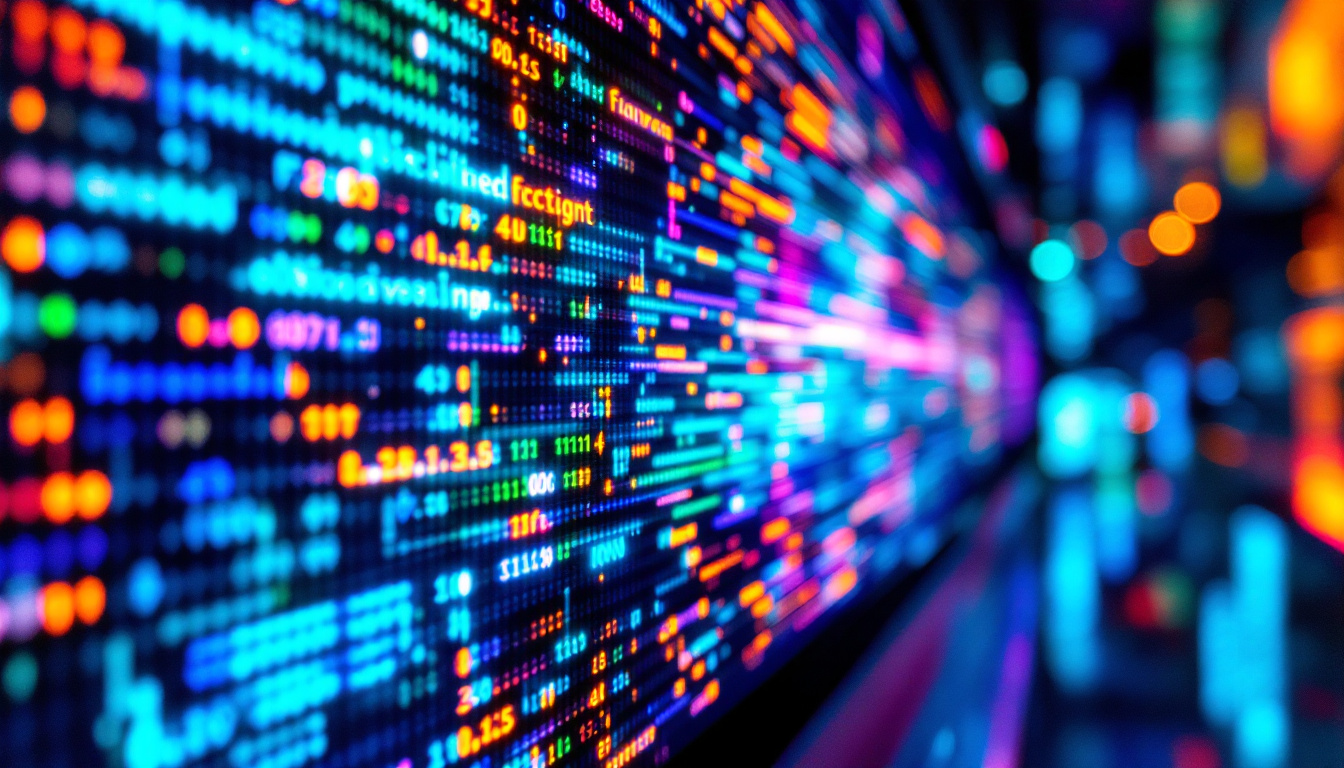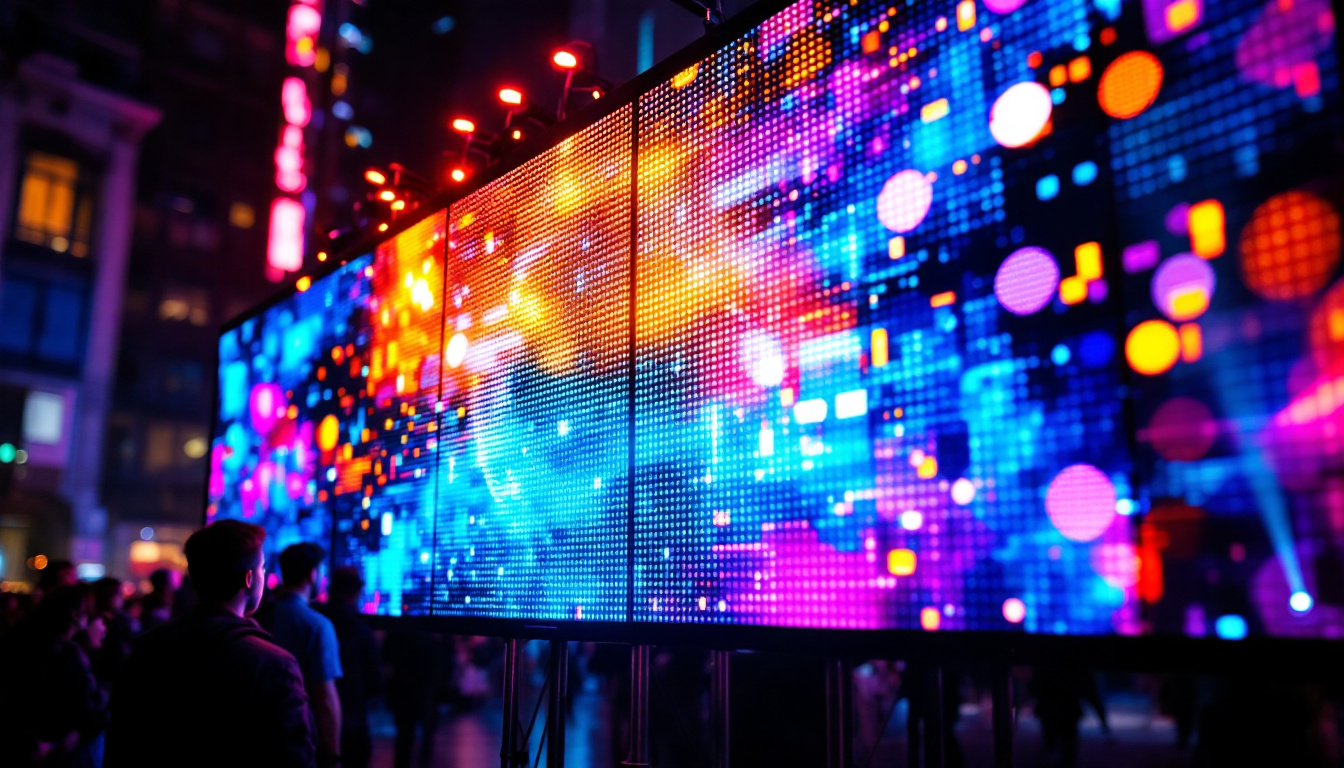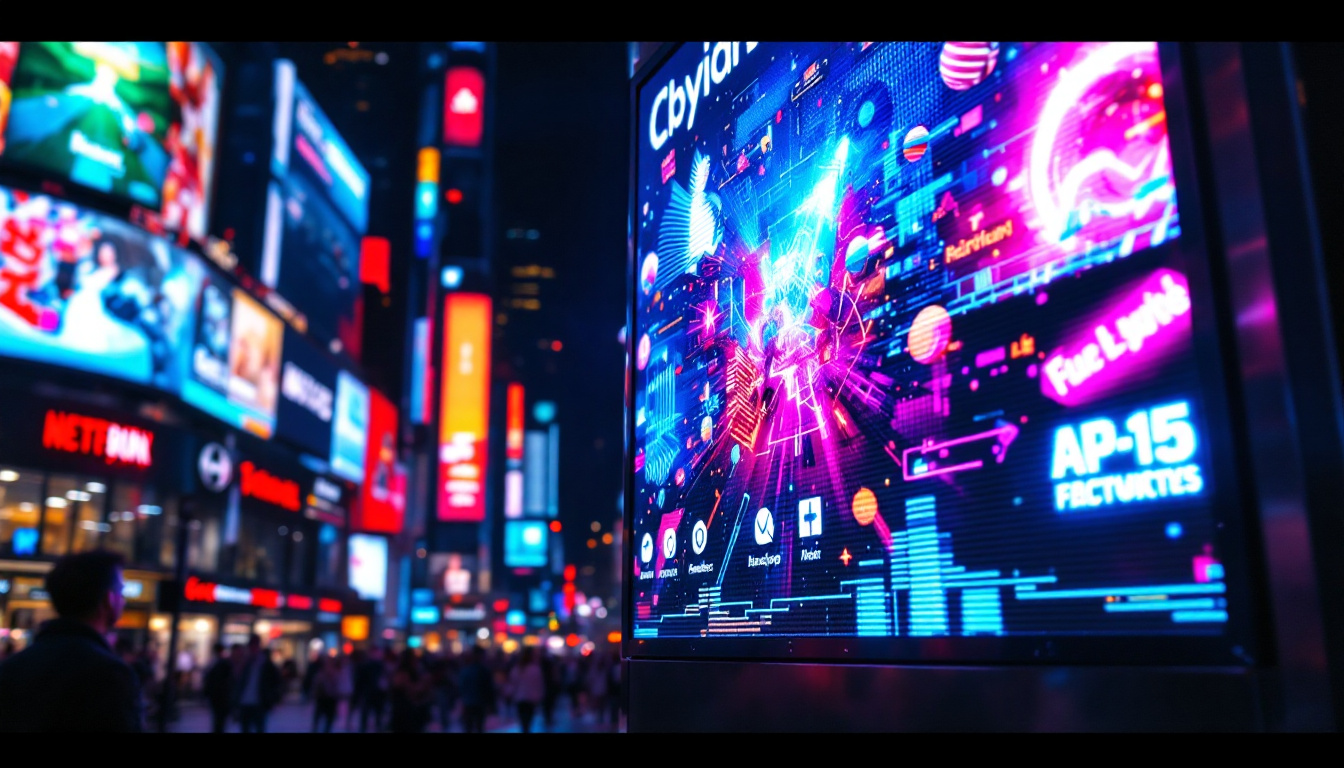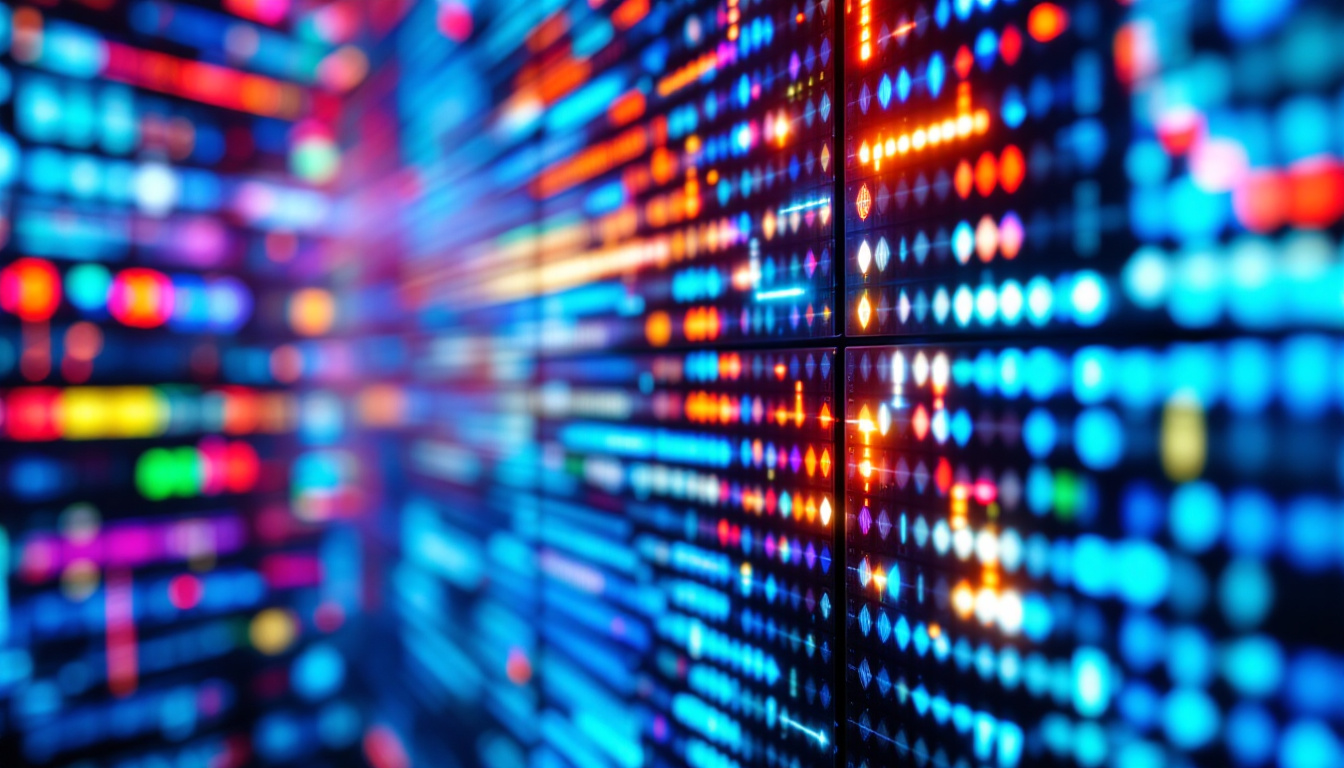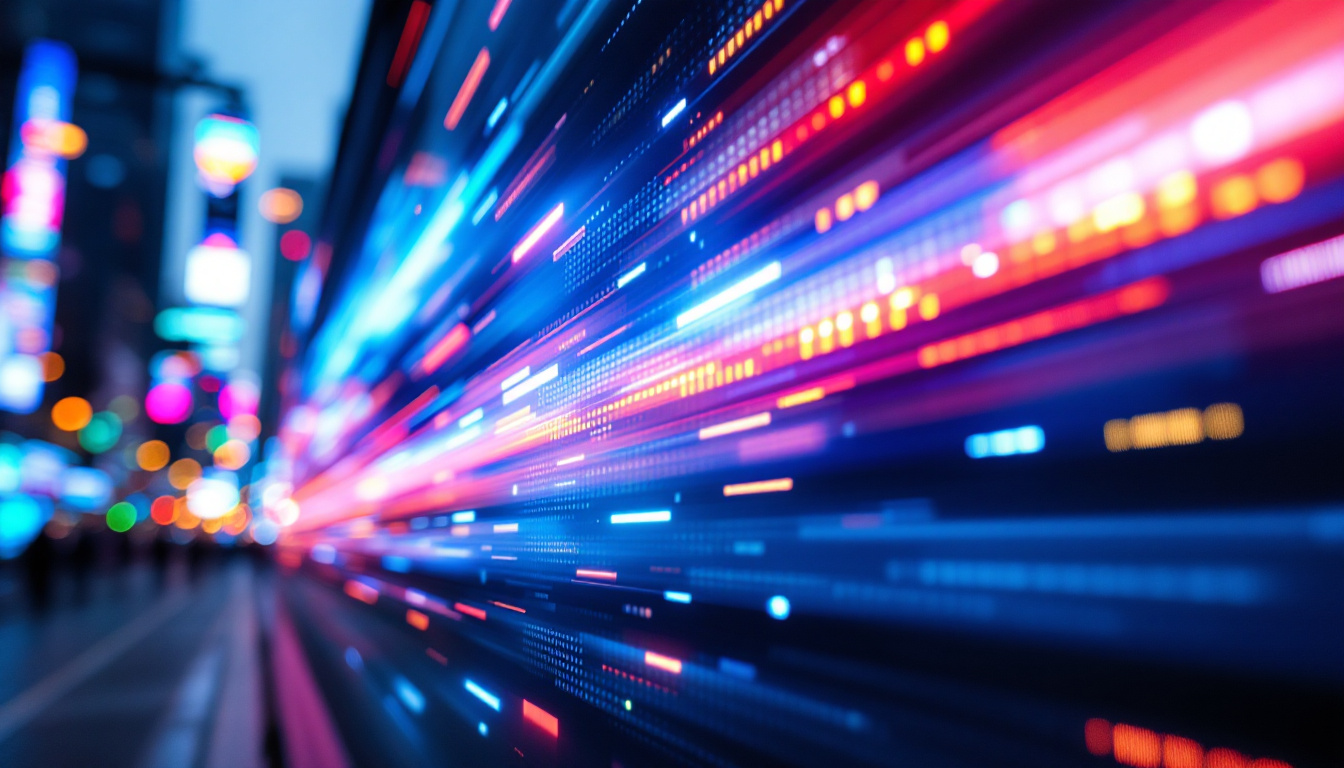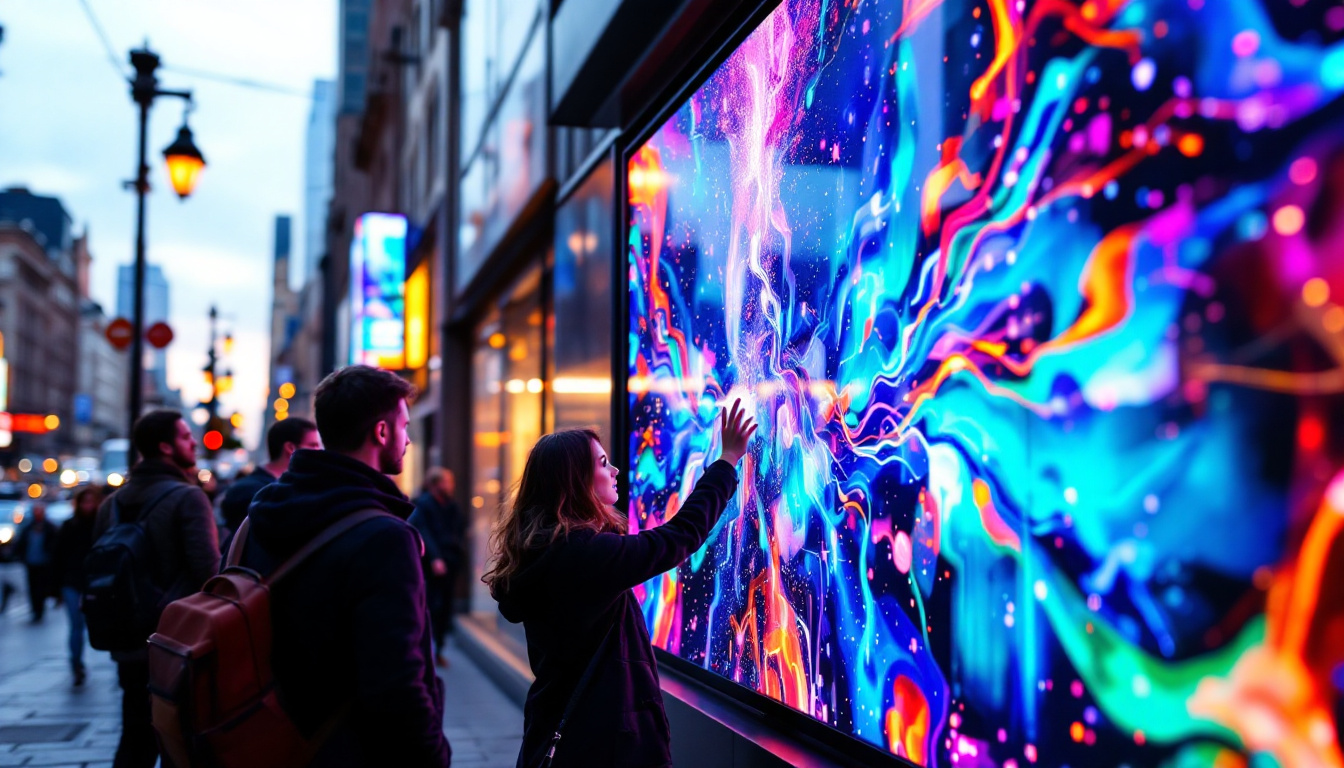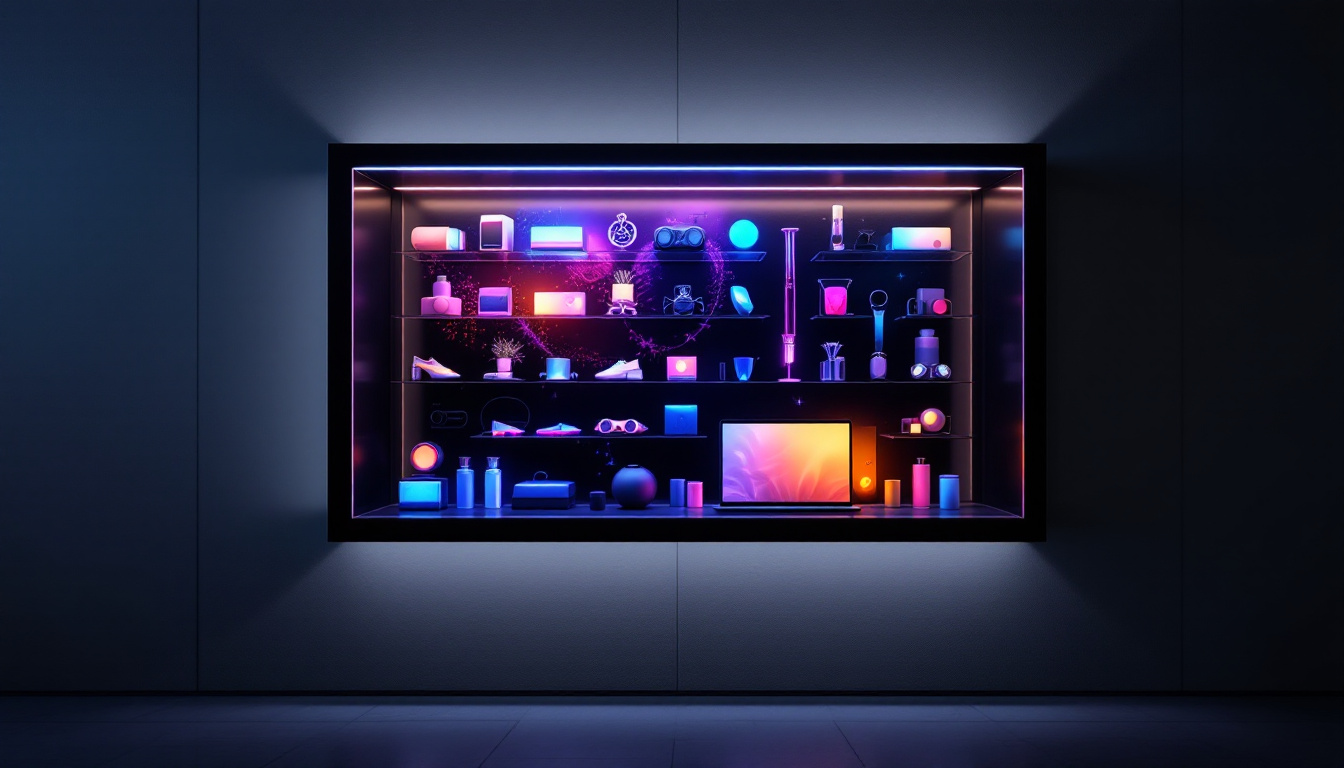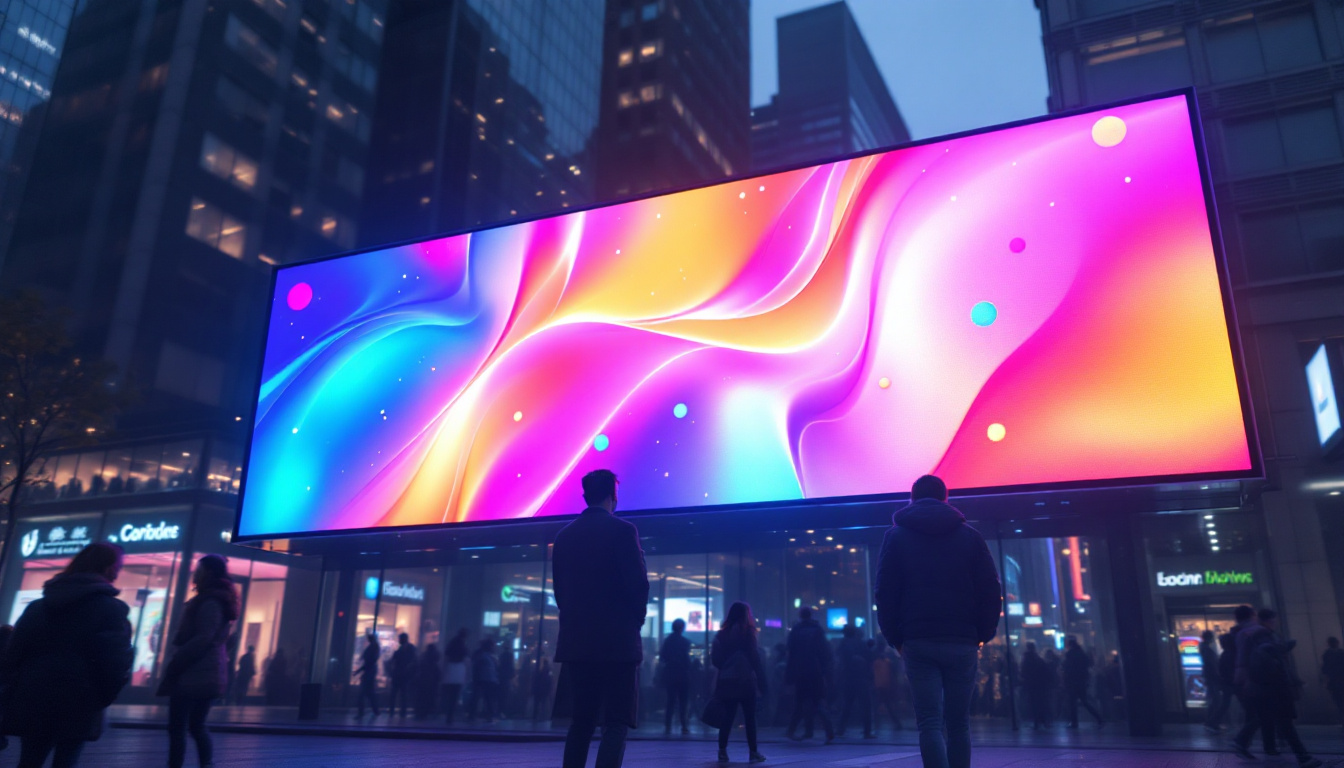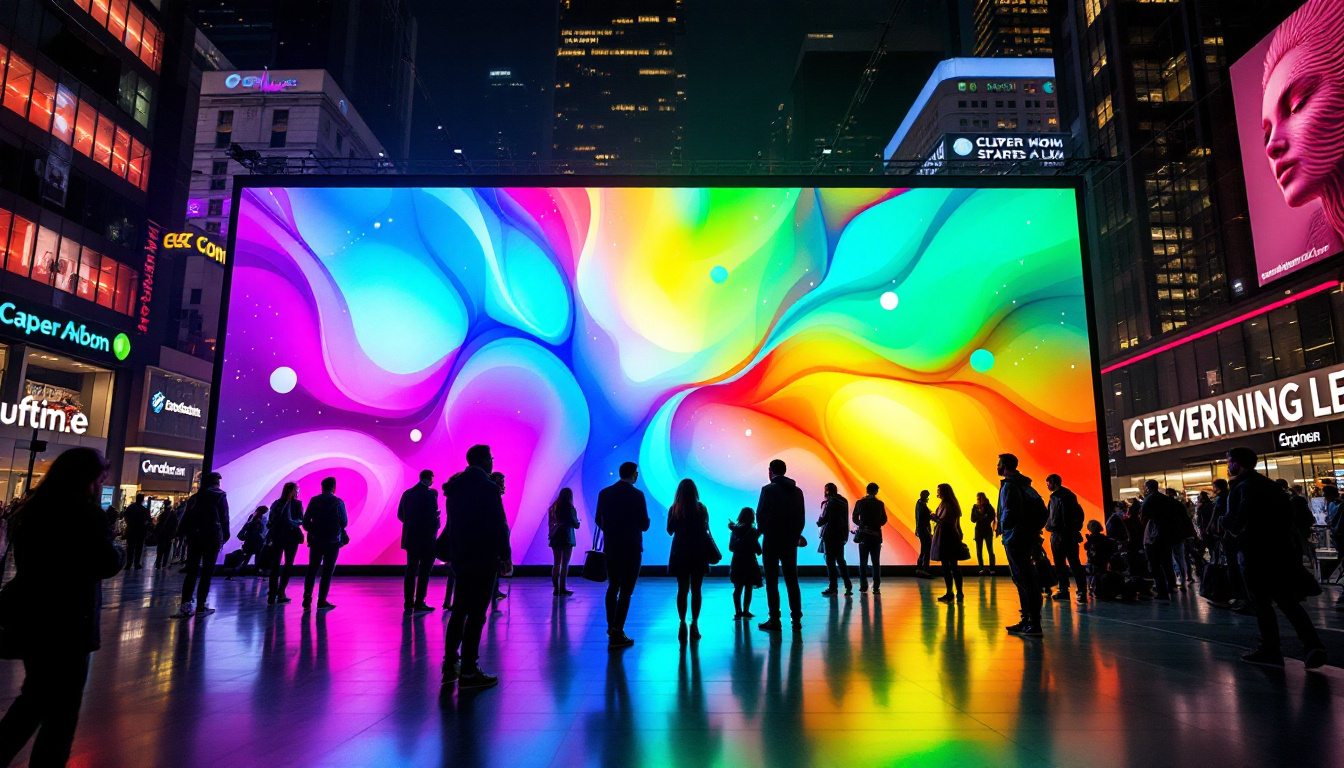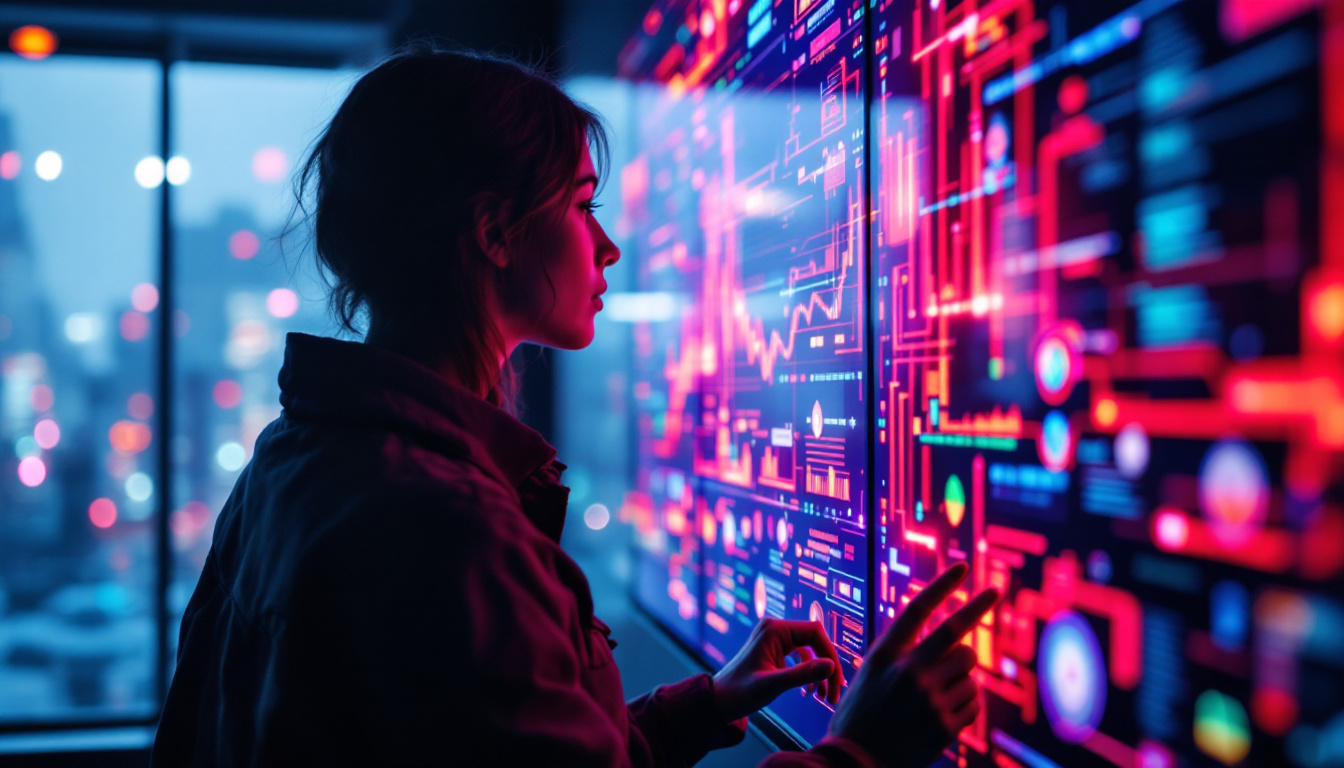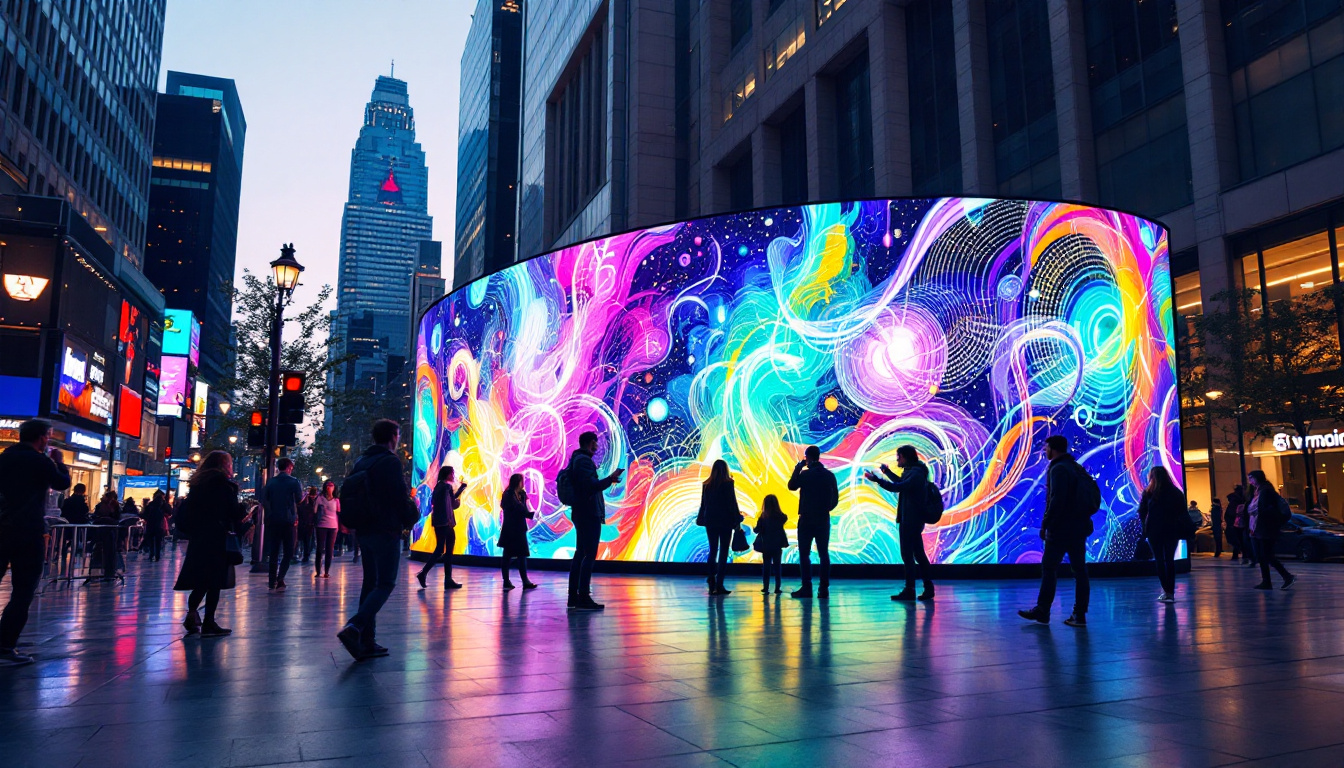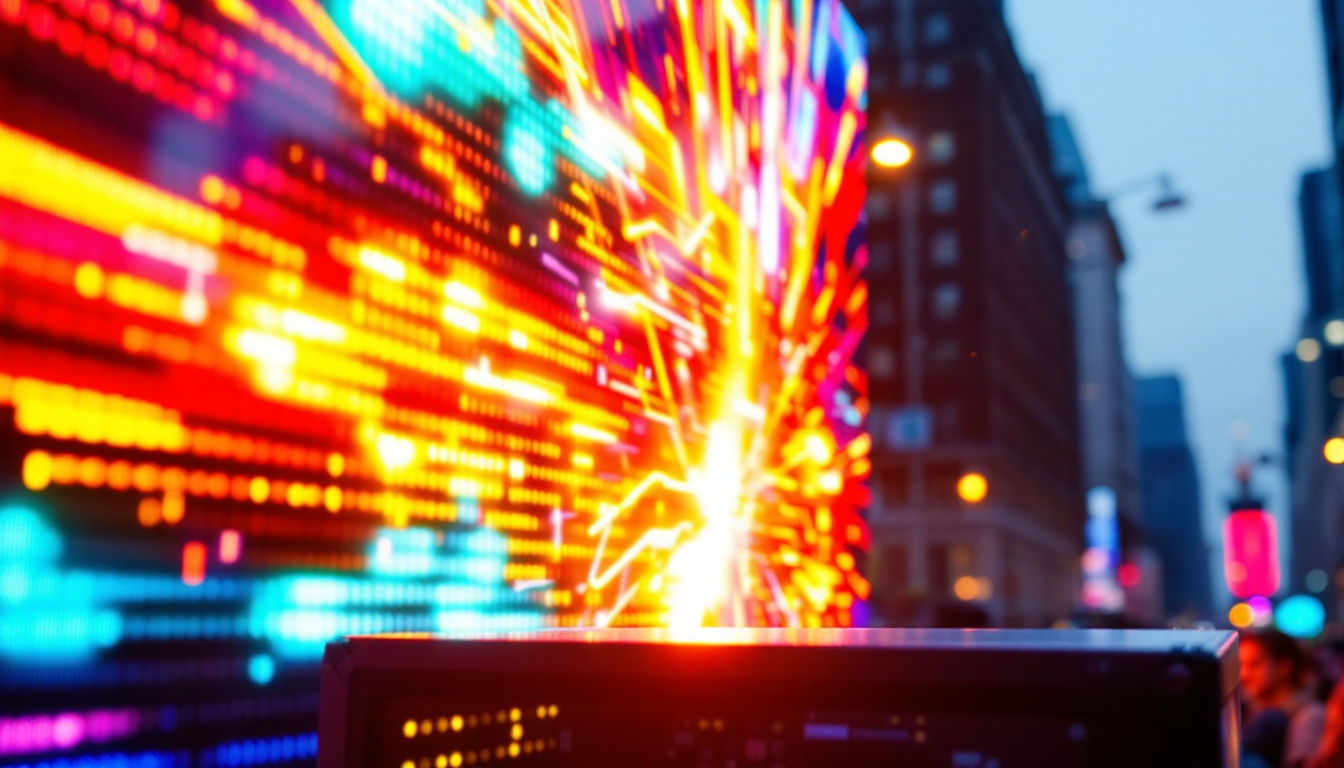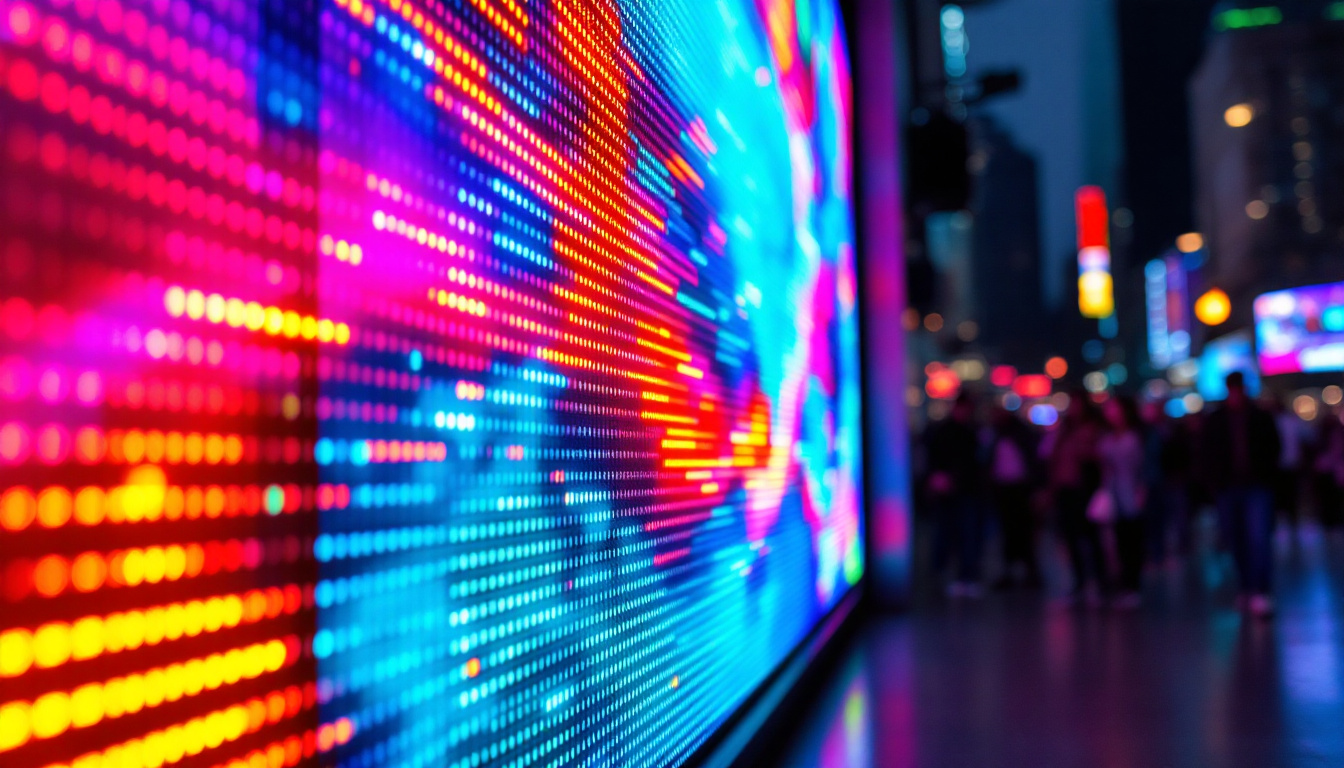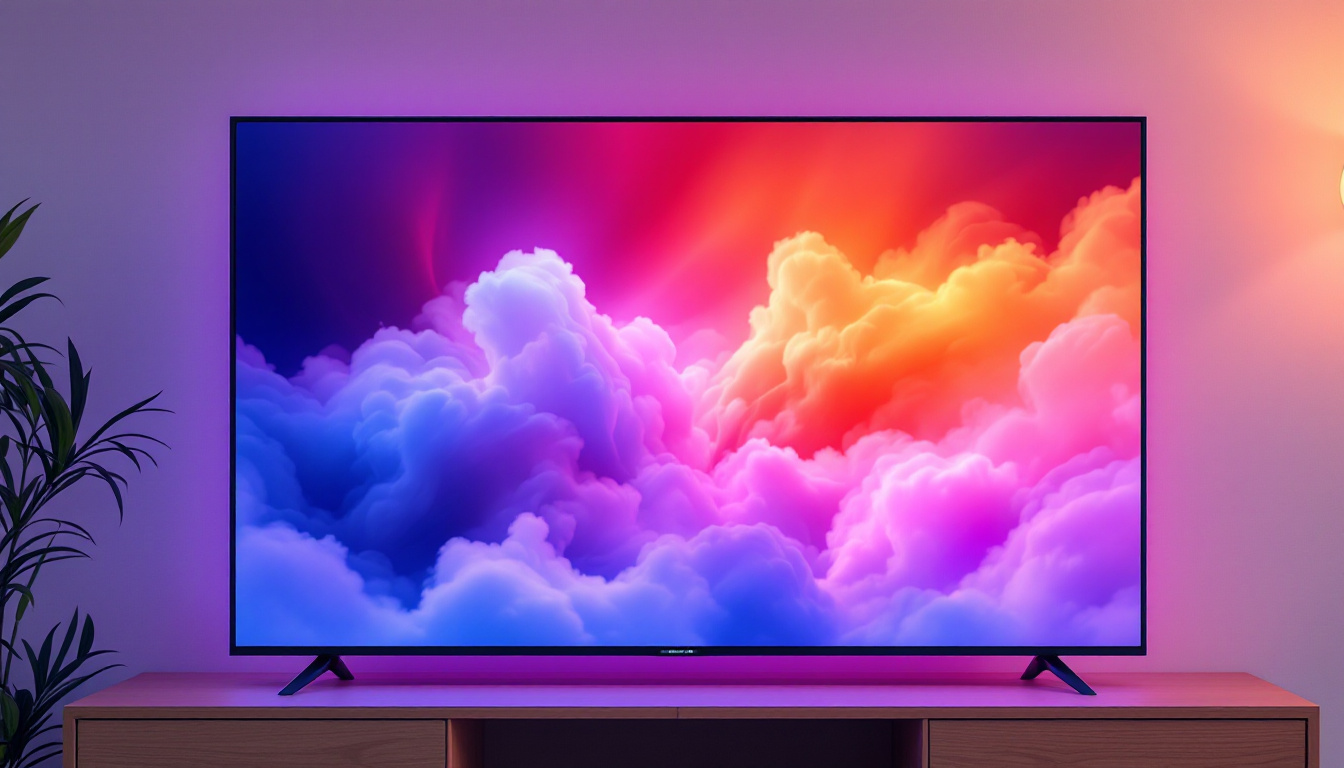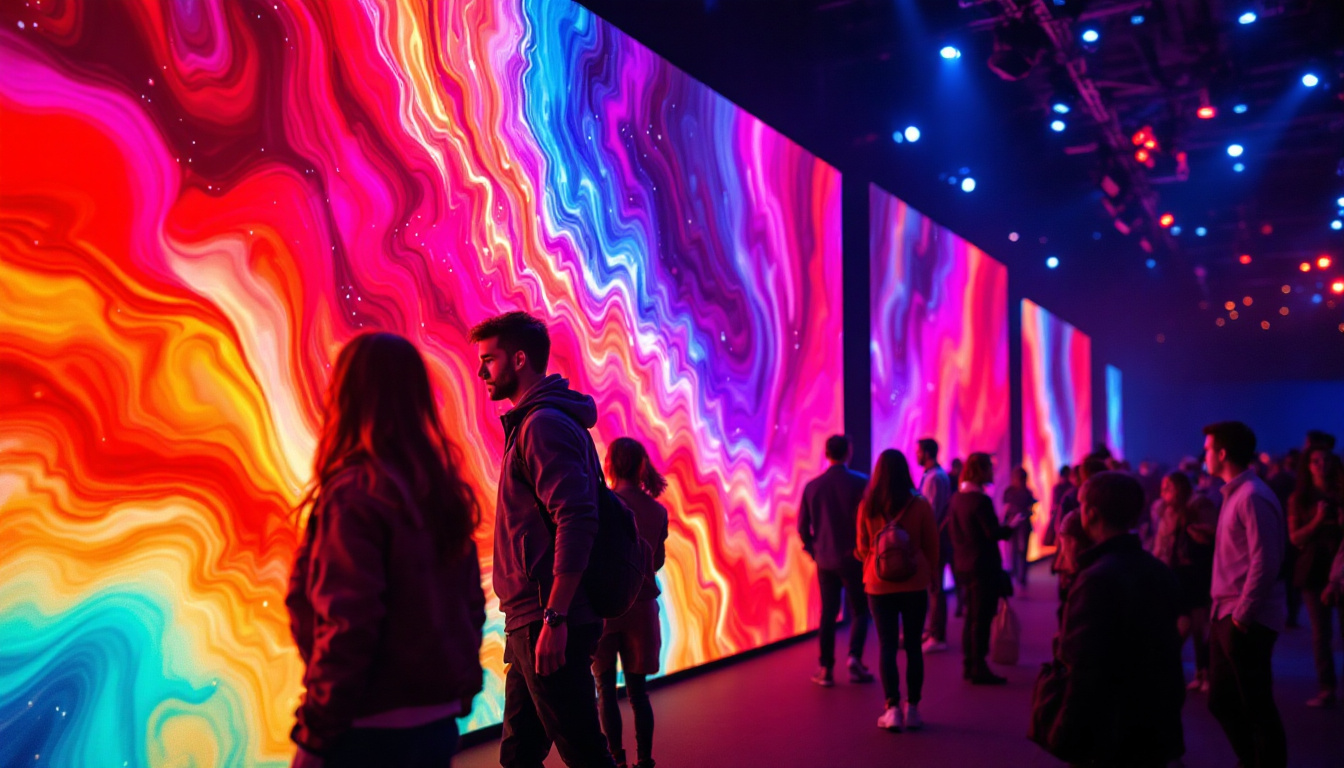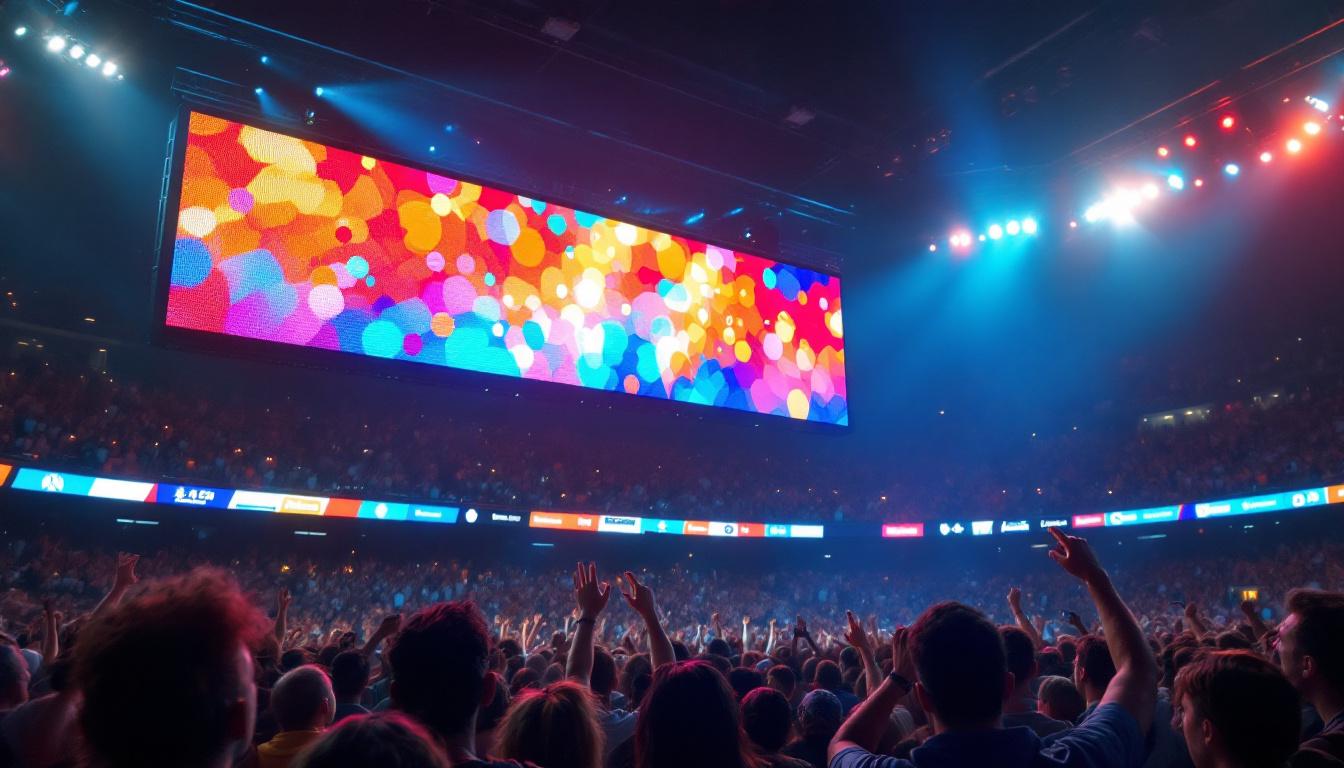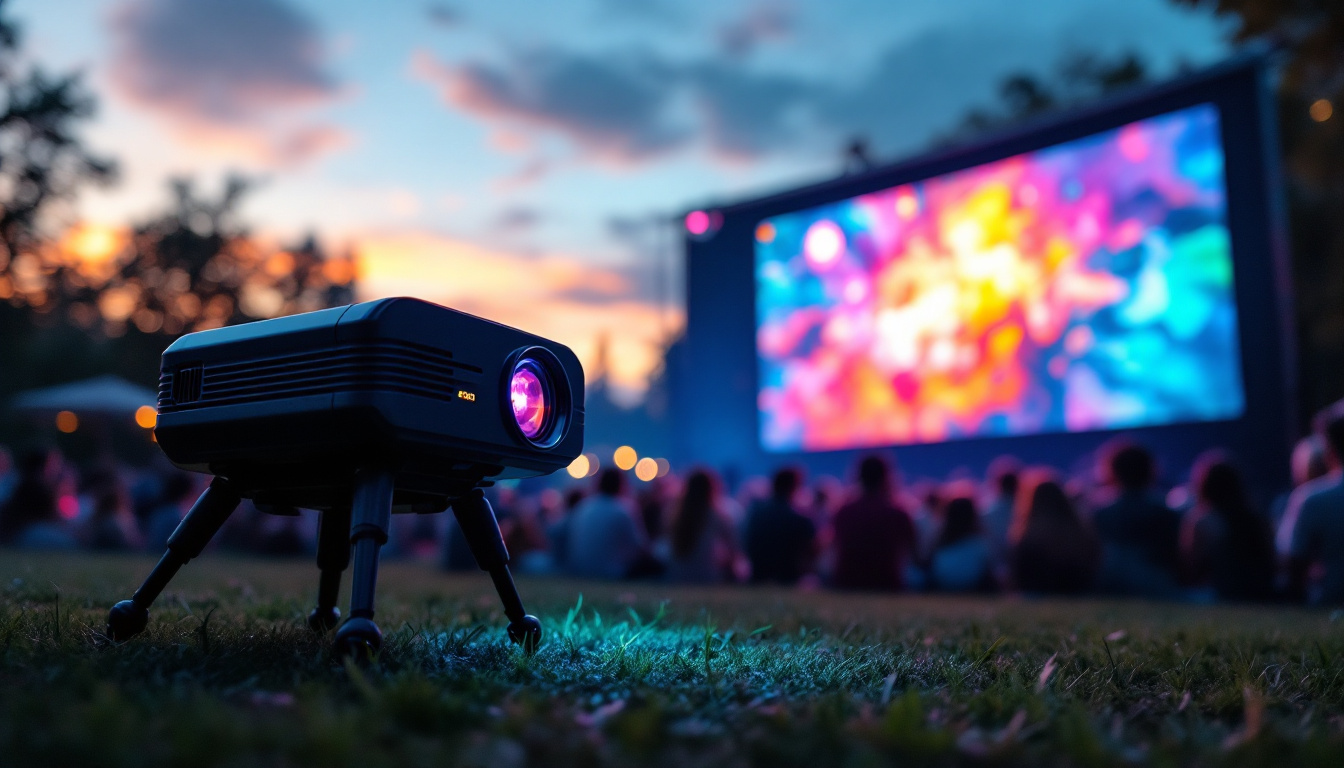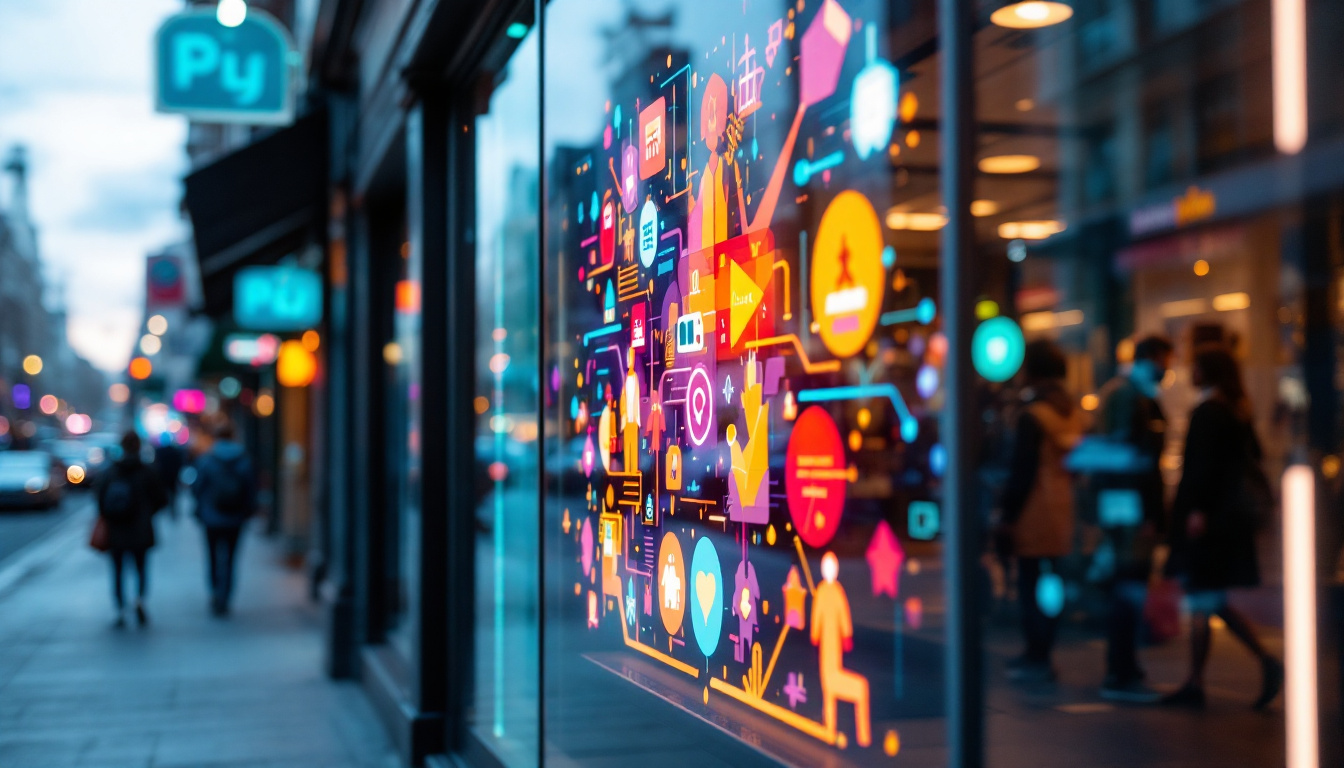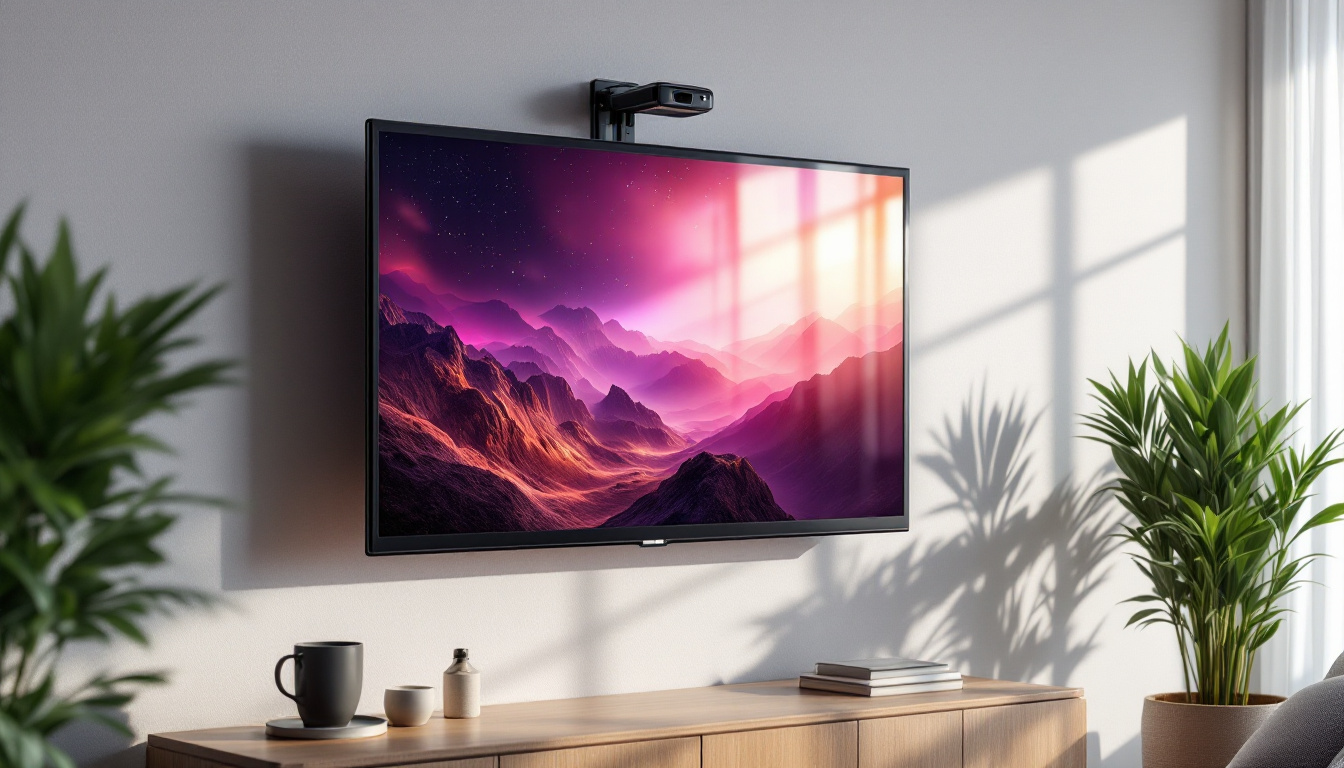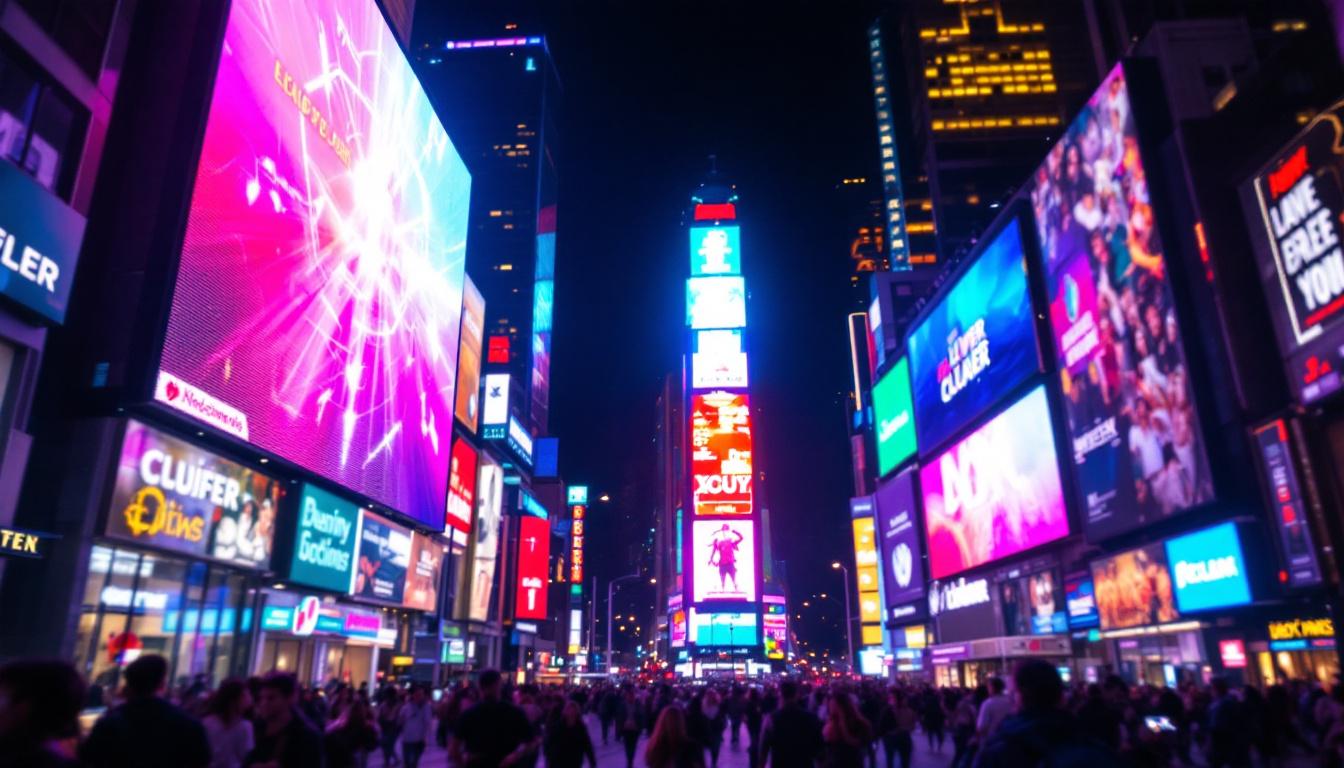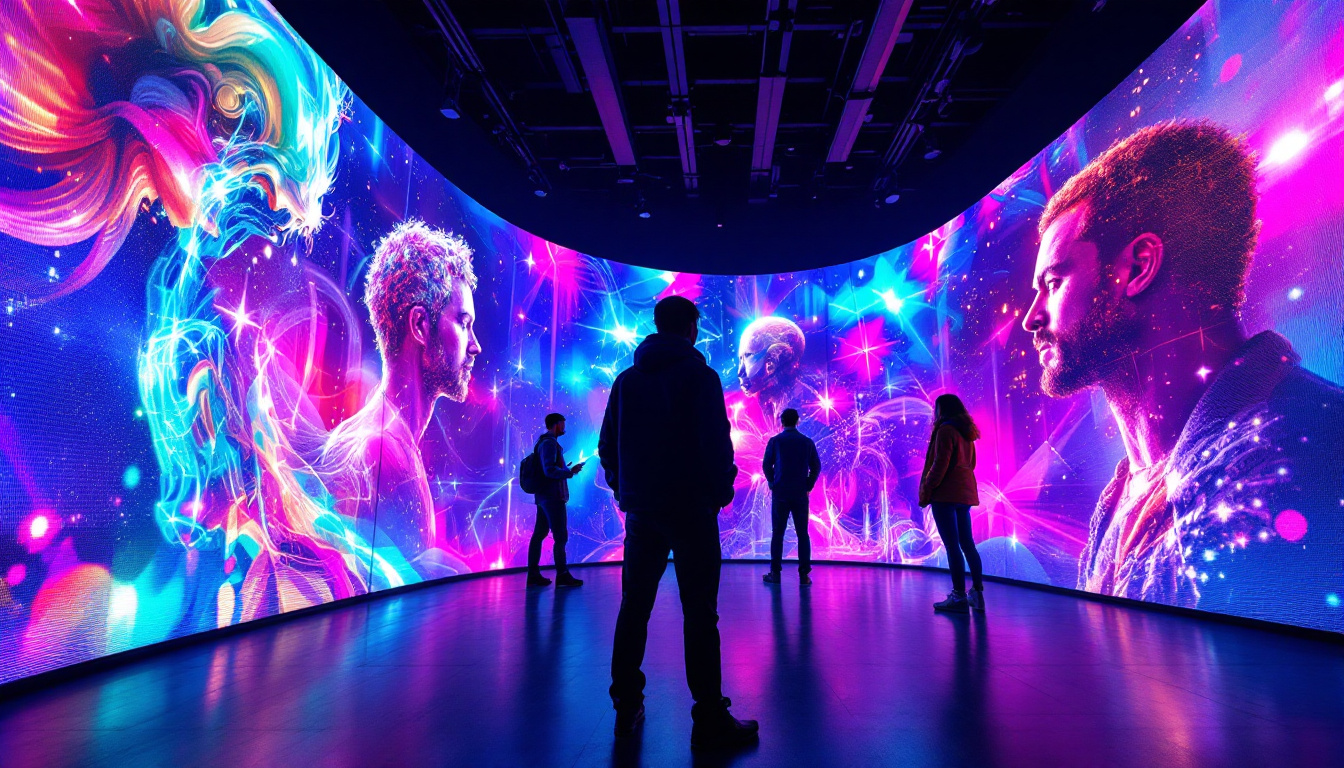In the rapidly evolving world of technology, interactive displays have emerged as a transformative tool in various sectors, from education to advertising. Among these, LED (Light Emitting Diode) displays stand out for their versatility, efficiency, and vibrant visuals. This article delves into the intricacies of LED displays, exploring their technology, applications, and the benefits they offer in interactive settings.
Understanding LED Technology
LED technology has revolutionized the way visual information is presented. Unlike traditional displays that rely on backlighting and liquid crystals, LED displays utilize tiny diodes that emit light when an electric current passes through them. This fundamental difference results in several advantages, including enhanced brightness, energy efficiency, and a broader color spectrum.
The Basics of LED Operation
At the core of LED technology are semiconductors that convert electrical energy into light. When a voltage is applied to the diode, electrons recombine with holes in the semiconductor, releasing energy in the form of photons. This process is known as electroluminescence. The color of the light emitted depends on the materials used in the semiconductor, allowing for a wide range of colors to be produced.
LED displays can be categorized into two main types: direct view and backlit. Direct view LED displays consist of individual LEDs arranged in a matrix, creating images directly from the diodes. Backlit LED displays, on the other hand, use LEDs to illuminate a liquid crystal display (LCD) panel, enhancing brightness and contrast.
Types of LED Displays
LED displays come in various forms, each tailored for specific applications. The most common types include:
- Indoor LED Displays: These displays are designed for close-range viewing, often used in retail environments, conference rooms, and educational institutions.
- Outdoor LED Displays: Built to withstand weather conditions, outdoor displays are typically larger and brighter, making them ideal for billboards and public announcements.
- Transparent LED Displays: These innovative displays allow light to pass through while still presenting images, making them suitable for storefronts and exhibitions.
Applications of LED Displays
LED displays have found their way into a multitude of industries, each leveraging the technology’s unique capabilities to enhance user experience and engagement. The following sections explore some of the most prominent applications of LED displays.
Education
In educational settings, LED displays have become essential tools for interactive learning. They facilitate dynamic presentations, allowing educators to incorporate multimedia content seamlessly. The vivid colors and high contrast of LED displays ensure that information is easily visible, even in well-lit classrooms.
Moreover, interactive LED displays often come equipped with touch capabilities, enabling students to engage directly with the content. This interactivity fosters collaboration and encourages active participation, transforming traditional learning environments into interactive hubs of knowledge.
Advertising and Marketing
The advertising industry has embraced LED technology for its ability to capture attention and convey messages effectively. Digital billboards and storefront displays utilize LED screens to showcase advertisements that can be updated in real-time. This flexibility allows businesses to tailor their messages based on time, audience, and location.
Furthermore, the high brightness and clarity of LED displays ensure that advertisements remain visible even in direct sunlight, maximizing their impact. The ability to incorporate animations and videos adds another layer of engagement, making LED displays a powerful tool for marketers.
Entertainment and Events
In the entertainment sector, LED displays play a crucial role in enhancing the visual experience. Concerts, festivals, and sporting events utilize large LED screens to broadcast live feeds, ensuring that audiences can enjoy the action from any vantage point. The immersive quality of LED displays contributes to the overall atmosphere, making events more memorable.
Additionally, LED technology has transformed stage design. Creative use of LED panels can create stunning visual effects, allowing performers to engage audiences in new and innovative ways. The versatility of LED displays enables seamless integration into various environments, from intimate venues to large arenas.
Benefits of Interactive LED Displays
Interactive LED displays offer numerous advantages that contribute to their growing popularity across different sectors. Understanding these benefits can help organizations make informed decisions when considering the implementation of this technology.
Energy Efficiency
One of the standout features of LED displays is their energy efficiency. Compared to traditional display technologies, LED screens consume significantly less power, leading to reduced operational costs. This efficiency not only benefits businesses economically but also aligns with sustainability goals by minimizing energy consumption.
Furthermore, many LED displays are designed with advanced features such as automatic brightness adjustment, which optimizes energy usage based on ambient light conditions. This intelligent design ensures that LED displays maintain their performance while conserving energy.
Durability and Longevity
LED displays are known for their durability and long lifespan. Unlike traditional displays that may suffer from burn-in or degradation over time, LED technology is robust and can withstand harsh conditions. Outdoor LED displays, in particular, are built to resist weather elements, making them suitable for long-term use.
The longevity of LED displays translates to lower maintenance costs and fewer replacements, further enhancing their appeal for businesses. With proper care, many LED displays can last upwards of 100,000 hours, providing a reliable solution for continuous operation.
Enhanced Visual Quality
The visual quality of LED displays is another significant advantage. With high resolution and excellent color reproduction, LED screens deliver stunning visuals that captivate audiences. The ability to display high-definition content, combined with wide viewing angles, ensures that information is accessible to everyone, regardless of their position relative to the screen.
Moreover, the rapid refresh rates of LED displays minimize motion blur, making them ideal for dynamic content such as videos and animations. This quality is particularly beneficial in environments where real-time information is crucial, such as sports venues and transportation hubs.
Challenges and Considerations
While interactive LED displays offer numerous benefits, there are also challenges and considerations that organizations must address when implementing this technology. Understanding these factors can lead to more successful deployments and user experiences.
Initial Costs
The initial investment for LED displays can be significant, particularly for large-scale installations. Organizations must weigh the upfront costs against the long-term benefits and savings that LED technology provides. Budgeting for installation, maintenance, and potential upgrades is essential to ensure a successful deployment.
However, many businesses find that the return on investment justifies the initial expenditure. The energy savings, reduced maintenance costs, and enhanced engagement often lead to increased revenue and improved customer satisfaction over time.
Technical Expertise
Implementing interactive LED displays requires a certain level of technical expertise. Organizations may need to invest in training staff or hiring professionals who understand the technology and can manage installations effectively. This expertise is crucial for ensuring that displays function optimally and that content is updated regularly.
Additionally, integrating LED displays into existing systems, such as content management platforms and network infrastructure, may require careful planning and coordination. Organizations should consider these technical aspects when developing their deployment strategy.
Content Creation and Management
Creating engaging content for LED displays is vital to maximizing their impact. Organizations must invest time and resources into developing high-quality visuals, animations, and interactive elements that resonate with their target audience. This ongoing content creation process can be resource-intensive, but it is essential for maintaining viewer interest.
Moreover, effective content management systems are necessary to streamline updates and ensure that information remains current. Organizations should prioritize user-friendly platforms that allow for easy content scheduling and distribution across multiple displays.
The Future of Interactive LED Displays
The future of interactive LED displays looks promising, with ongoing advancements in technology and design. As industries continue to explore innovative applications, several trends are emerging that will shape the landscape of LED displays in the coming years.
Integration with Augmented Reality (AR)
One of the most exciting developments in the realm of interactive displays is the integration of augmented reality (AR). By combining LED technology with AR, organizations can create immersive experiences that blend the physical and digital worlds. This integration has the potential to revolutionize sectors such as retail, education, and entertainment.
For instance, retailers can use AR-enhanced LED displays to allow customers to visualize products in their own environments, leading to more informed purchasing decisions. In educational settings, AR can facilitate interactive learning experiences that engage students on a deeper level.
Advancements in Display Technology
As technology continues to evolve, LED displays are becoming more advanced. Innovations such as microLED technology promise even higher resolutions and improved color accuracy, allowing for stunning visuals that were previously unattainable. These advancements will further enhance the capabilities of interactive displays, making them more appealing to businesses and consumers alike.
Additionally, the development of flexible and transparent LED displays opens up new possibilities for creative applications. From curved screens that fit seamlessly into architectural designs to transparent displays that allow for interactive storefronts, the future of LED technology is full of potential.
Increased Focus on Sustainability
As environmental concerns grow, the demand for sustainable technology solutions is on the rise. LED displays, with their energy efficiency and long lifespan, align well with these sustainability goals. Manufacturers are increasingly focusing on eco-friendly production processes and materials, ensuring that LED displays contribute positively to environmental initiatives.
Furthermore, the ability to recycle and repurpose LED components will become more prominent, reducing waste and promoting a circular economy. Organizations that prioritize sustainability in their technology choices will likely gain a competitive edge in the market.
Conclusion
Interactive LED displays represent a significant advancement in visual technology, offering a wide array of benefits across various industries. From enhancing educational experiences to transforming advertising strategies, the versatility and efficiency of LED displays make them an invaluable asset in today’s digital landscape.
While challenges such as initial costs and content management exist, the long-term advantages of LED displays far outweigh these considerations. As technology continues to evolve, the future of interactive LED displays promises even greater innovations, making them an essential component of modern communication and engagement strategies.
In a world where capturing attention is increasingly challenging, interactive LED displays stand out as a dynamic solution that not only informs but also engages audiences in meaningful ways. Organizations that embrace this technology will be well-positioned to thrive in an ever-changing environment.
Discover LumenMatrix LED Display Solutions
Ready to elevate your visual communication with cutting-edge technology? LumenMatrix is at the forefront of LED display innovation, offering a diverse range of solutions tailored to meet your needs. Whether you’re looking to enhance your brand’s visibility, create immersive experiences with an Indoor LED Wall Display, captivate passersby with an Outdoor LED Wall Display, or engage fans with a dynamic LED Sports Display, LumenMatrix has the expertise to bring your vision to life. Embrace the future of interactive displays and check out LumenMatrix LED Display Solutions today to transform how you connect with your audience.

